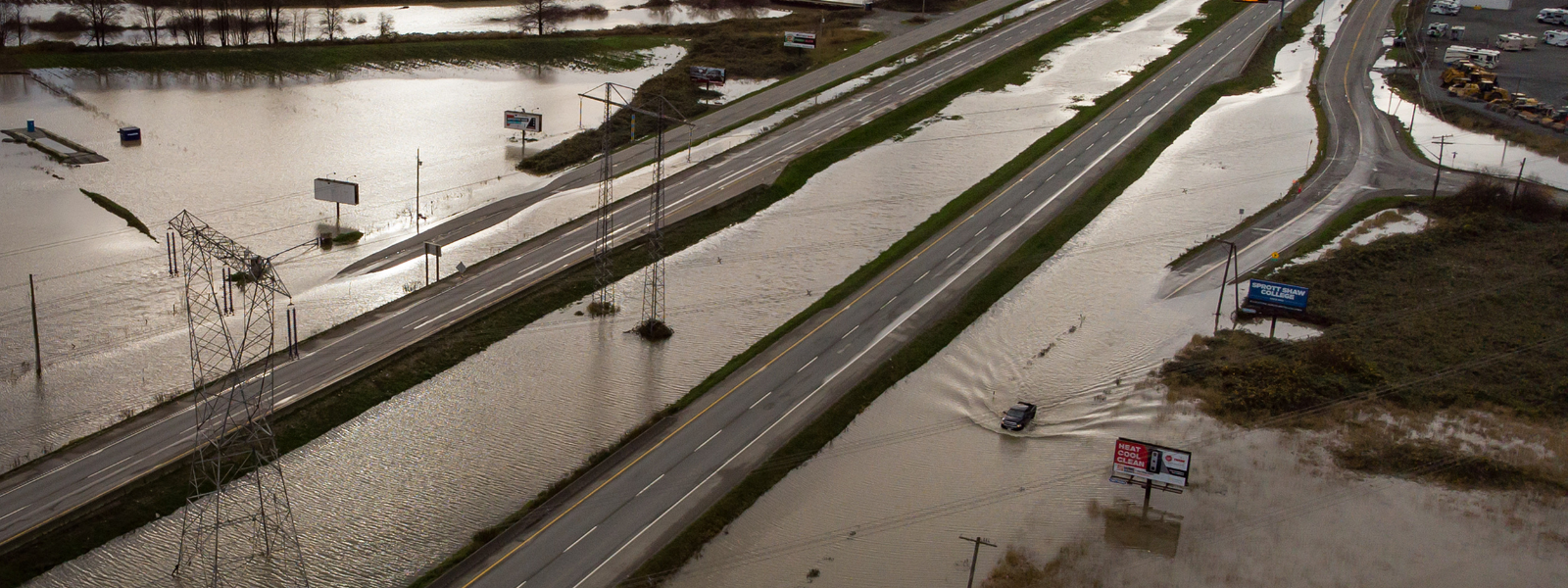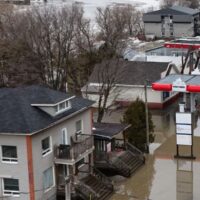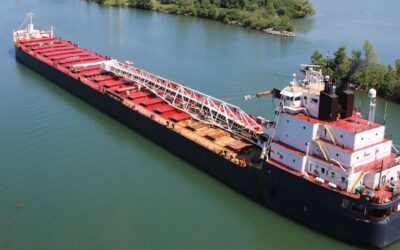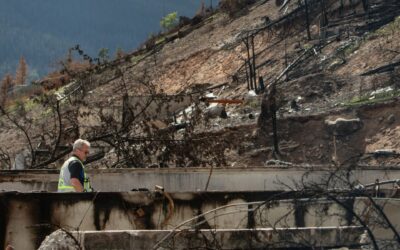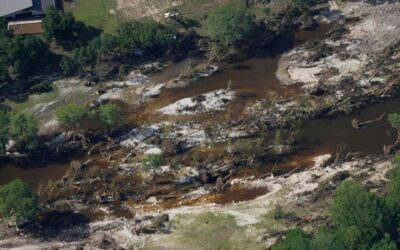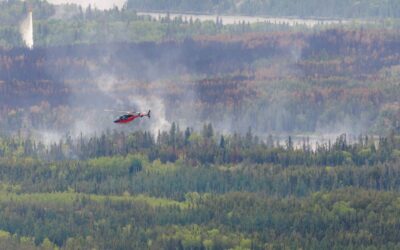This article was previously published in the National Newswatch.
With the economy seized with trade tensions and policymakers looking for ways to diversify Canada’s export markets, the federal government is betting on infrastructure and nation-building projects as a key strategy to bolster economic stability and promote growth.
On the list so far are two port upgrades, an Arctic economic corridor, and a number of other resource projects that could require major infrastructure investments to get over the finish line.
During the last federal election campaign, the federal Liberal Party pledged $5 billion to improve Canada’s trade infrastructure—the roads, ports, and airports that keep goods and the economy moving. These critical assets support hundreds of billions in interprovincial trade and over $1 trillion in international trade each year.
This is a key moment to build smarter. As climate change drives increasingly frequent and severe floods, wildfires, and other hazards, Canada’s trade infrastructure will need to be resilient to sustain the country’s economic stability.
The costs of inaction are already clear. In recent years, Canada has seen how climate disasters can disrupt trade and inflict enormous losses.
The most poignant example happened just four years ago. In 2021, an atmospheric river dumped more than 200 millimetres of rain over parts of B.C. in just two days. The resulting catastrophic flooding and landslides cut off the Port of Vancouver—the gateway for one-third of Canada’s goods trade outside North America—from the rest of the country for days. Dozens of bridges, roads, and railways connecting Vancouver to the rest of Canada were damaged, including more than 20 sites on the Coquihalla Highway.
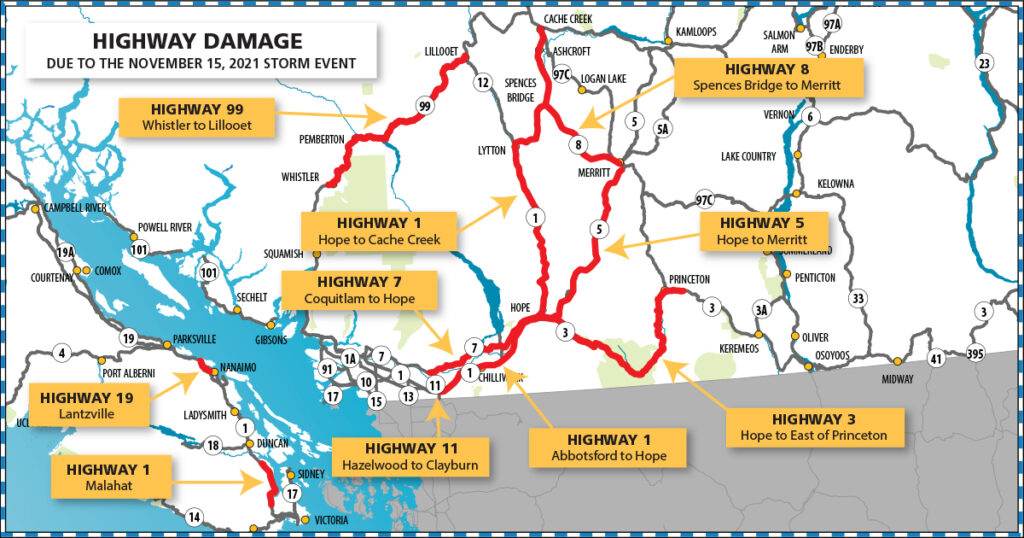
The direct damages alone were massive, with the cost to repair major highways estimated at between $1 billion and $1.5 billion. But the costs of economic disruption were even greater.
B.C. lost over 80 per cent of its goods-moving capacity. Truckers had to reroute through the United States. The Trans Mountain Pipeline was shut down. Transportation damage crippled forestry supply chains, while agricultural exporters faced costly delays. The Port of Vancouver experienced shipping disruptions, with trade losses of about $2.5 billion. The floods also caused between $800 million and $1.4 billion in lost income and productivity.
The 2021 B.C. disaster was not a one-off anomaly. It was a glimpse into our economic future if we fail to prepare. Climate change made the atmospheric river 60 per cent more likely. By the late century, climate models project that extreme rainfall events may become five times more frequent—just one of many climate hazards that can halt the flow of goods.
Disasters such as this are foreseeable infrastructure failures in a changing climate, made worse by chronic underinvestment. Canada faces a $265 billion infrastructure deficit, with roads, bridges, and tunnels accounting for half of the assets in greatest need of rehabilitation. In B.C., the provincial government had long known that flood protection infrastructure was in poor condition but failed to act.
Upgrading existing public infrastructure to be ready for future climate-driven events will require significant investments. Municipalities, which own about 60 per cent of public infrastructure, cannot meet this challenge without support from federal, provincial, and territorial governments. And often, new infrastructure is being built using outdated design standards that rely on historical climate data, making it poorly suited for the conditions we know are coming.
With billions in trade infrastructure investments on the horizon, governments have a narrow but critical window to strengthen and climate-proof Canada’s economy for the long term. To seize this opportunity, governments can:
- Embed climate risk in new trade infrastructure projects. Require all publicly funded, trade-critical infrastructure projects to assess and address climate risk during planning and design.
- Upgrade key existing trade infrastructure. For example, allocate part of the Trade Diversification Corridors Fund to resilience upgrades for critical and high-risk trade corridors.
- Invest in protective infrastructure. Restore or build flood defenses like dikes and levees and other protective infrastructure to safeguard vulnerable trade hubs.
- Support local governments with stable infrastructure funding. Ensure municipalities have long-term support to adapt infrastructure.
As Canada launches major investments in new trade infrastructure, this is a critical moment to strengthen and diversify the economy, while shielding it from climate threats that put billions of dollars at risk. Taking these four actions can help ensure these risks are minimized and that Canada avoids locking in costly infrastructure built for a climate of the past, not the future that is rapidly approaching.

